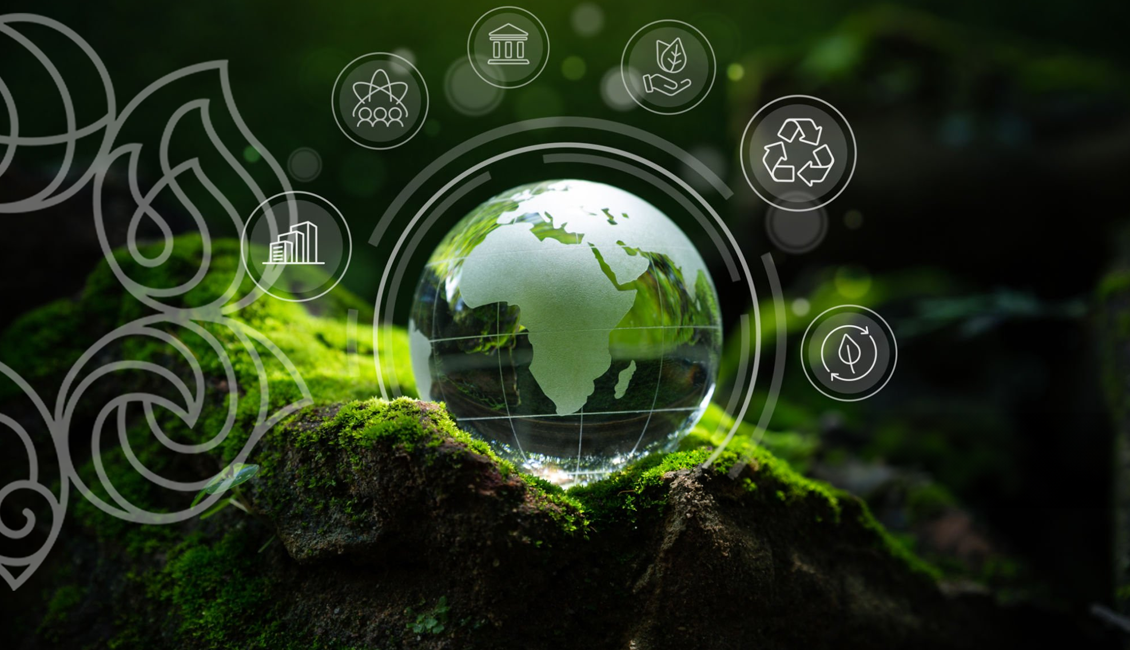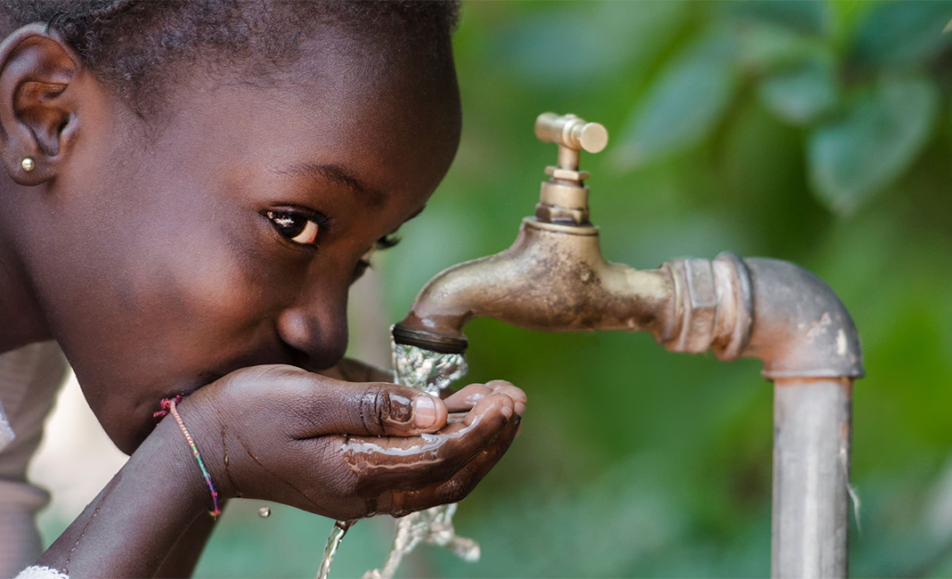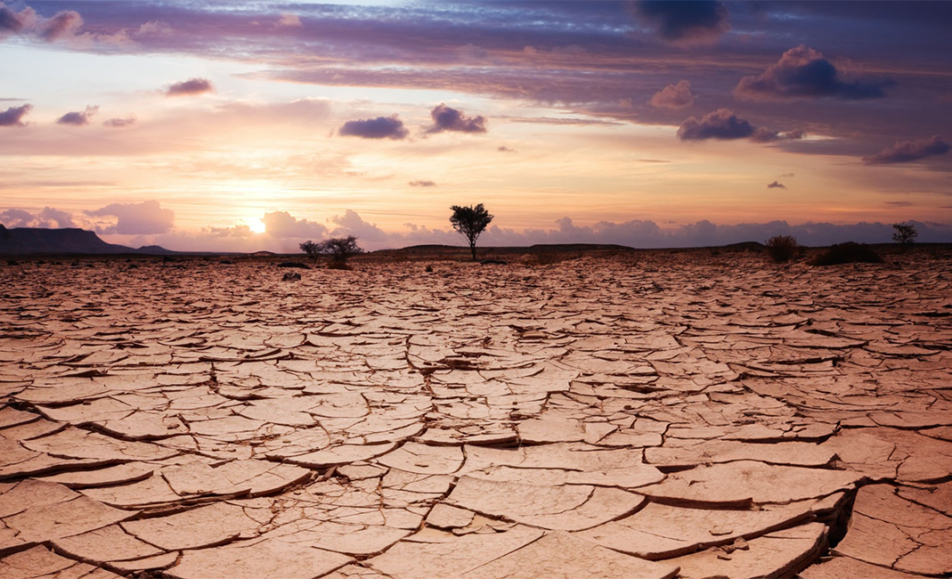
Context and Key Objectives
The IGAD region is particularly vulnerable to climate-related risks like droughts, floods, and heat waves. Since 2020, the region has experienced five failed rainy seasons, pushing millions into food insecurity with around 2 million people affected by floods annually. As of June 2022, about 31 million people across six IGAD member states were highly food insecure. Floods affect nearly 2 million people and displace over 1 million annually in the Greater Horn of Africa. Shockingly, the IGAD region hosts 4.5 million refugees and 12 million internally displaced persons as of March 2022 with climate security being a contributory factor. Key factors influencing climate-related conflict dynamics in the region include resource scarcity, loss of livelihood, migrations and food security, weak resilience and political fragility and instability. In a broader view climate change is viewed as a “threat multiplier” that exacerbates pre-existing vulnerabilities and the correlations between climate change and worsening climate insecurities are well established, including in the UNFCCC process.
Africa has grappled with positioning the loss and damages as the third pillar of the UNFCCC process and securing a fund, that largely remains voluntary to address associated losses and damages caused by climate change, yet the phenomenon of climate migrations is growing. Already the trends are indicative of declining humanitarian support and funding, globally as funding for the loss and damage fund remains meagre. To holistically address the challenge, investing in immediate to long-term measures that build resilience to climate shocks is an imperative of climate justice. The growing efforts in the UAE-Belem Programme on global resilience aimed at securing the Global Goal on Adaptation is a welcome progress towards strengthening global resilience. The strive to actualize this goal must buttress and address the growing climate insecurities in enabling communities to cope, address immediate challenges and build resilient livelihoods and ecosystems. The GGA processes identify critical sectors necessary for adaptation – the water, agriculture and livelihoods, ecosystems, and health among others. The process of developing sub-goals and indicators has been on but are the indicators so far developed relevant to the context of IGAD states and does it enable the region to address their context-specific climate security vulnerabilities? This event seeks to these poignant questions while exploring approaches to bring climate security to the mainstream of climate financing











